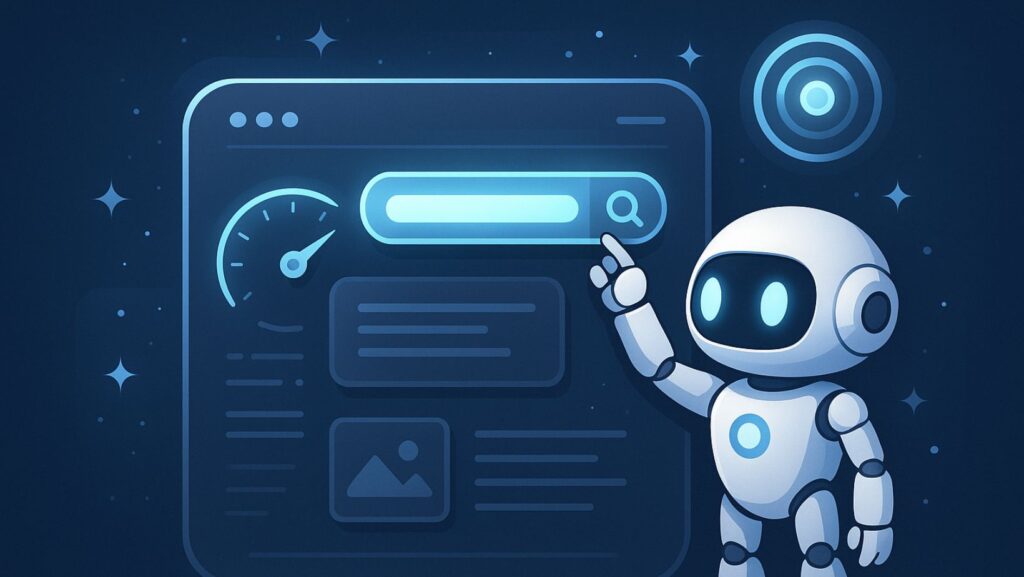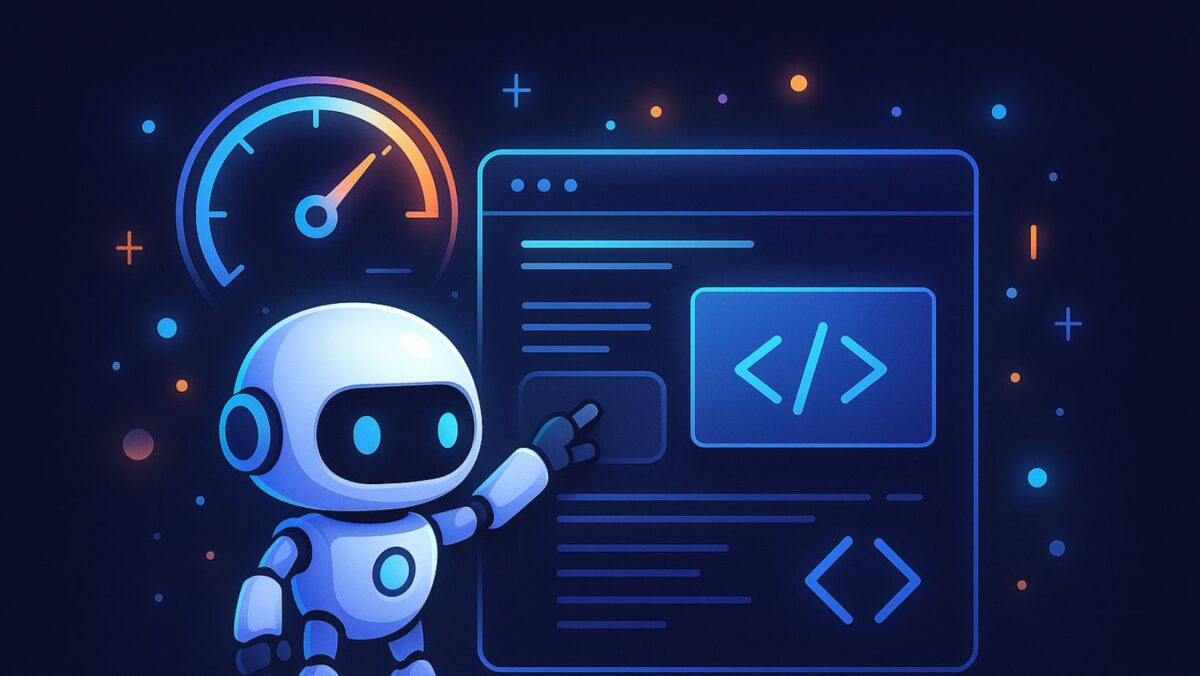Let me start with a simple truth: in 2025, your website isn’t just a business card — it’s the engine of your credibility, trust, and conversion. In over a decade of building tools for entrepreneurs and designers, I’ve seen how design decisions can directly shape business outcomes. From a cluttered landing page killing conversions to an AI-generated site doubling signups overnight — the stakes have never been higher.
In this article, I’ll unpack how web design has become a true business lever in 2025 — and what that means for you if you’re building or relaunching a site this year.
Design Is Not Decoration — It’s Strategy
The web has changed. Mobile-first is now mobile-only. Attention spans are shorter than ever. And with Gen Z flooding the market as buyers and decision-makers, expectations around usability, speed, and clarity are brutally high.
Here’s what this means for you:
- Design equals trust. Outdated or clumsy layouts send the wrong signals instantly. 75% of users admit judging a company’s credibility based on their website design.
- Design equals conversion. Placement of a CTA, the size of a headline, the contrast of a button — all directly affect sales and signups.
- Design equals growth. A well-optimized website multiplies every dollar you spend on marketing. Poor design, on the other hand, leaks money like a cracked funnel.
In short, design is no longer a nice-to-have. It’s your silent business partner.
The 2025 Web Design Playbook
Let’s talk about what works — and what’s outdated.
1. Minimalism, Done Smart
2025 isn’t about white screens and tiny fonts. It’s about focused storytelling. One message per screen. One action per scroll.
- Generous whitespace
- Clear hierarchy
- Visual breathing room
2. Micro-Interactions & Motion
The little things now matter more than ever: hover effects, loading animations, feedback on buttons. Subtle animations make your interface feel alive — and trustworthy.
3. AI-Generated Content Blocks
From text to layout suggestions, AI is no longer an assistant — it’s a collaborator. Smart systems suggest the best structure based on your niche and audience.
4. Accessibility and Inclusion
Design in 2025 must work for everyone. That means contrast ratios, keyboard navigation, and image alt texts aren’t optional — they’re expected.
5. Performance = Perception
If your site loads in 4 seconds, half your users are gone. Speed is design. It’s UX. It’s SEO. It’s revenue.
Real Impact: What Businesses Gain from Good Design
Let me give you a few concrete examples I’ve witnessed recently:
- A local coaching business redesigned their homepage with clearer messaging and fewer options — their booking rate went up by 38%.
- A small e-commerce brand switched to a mobile-optimized layout with sticky navigation — mobile conversion rose 60%.
- A SaaS founder used an AI builder to test 3 homepage variants in a week — the winning version boosted trials by 47%.
These aren’t design awards. These are real business wins.
Common Mistakes That Still Cost Entrepreneurs Money
Even in 2025, I see founders making avoidable errors:
- Using trendy templates without adapting them to their audience
- Adding too much copy or too many buttons on a single screen
- Forgetting to optimize for mobile (still!)
- Building a site and never updating it again
My advice? Simplicity is strategic. Consistency beats complexity. And updates are not optional.
[Expert Tip] Build for Action, Not Just Aesthetics
Design should guide users. Every scroll should bring them closer to a choice — whether that’s to sign up, buy, or learn more.
If you’re unsure whether your site does this, open your homepage and answer:
- What’s the single most important action you want the visitor to take?
- Is it obvious within the first 5 seconds?
If not, redesign.
Why Website Builders (Especially AI-Based) Are Winning in 2025
Time is the most limited resource for any entrepreneur. That’s why the rise of the AI website builder isn’t just a tech trend — it’s a business necessity.
With a good AI builder, you can:
- Go from idea to live site in hours, not weeks
- Auto-generate responsive layouts, texts, and visuals
- Avoid hiring designers or developers for MVPs
- Experiment and iterate fast
This isn’t theory — I’ve seen dozens of startups test new markets thanks to instant websites. One founder told me: “We launched in 48 hours with an AI builder. Two clients signed up before we even polished the content.”
[Turbologo Feature] From Branding to Launch in One Ecosystem
At Turbologo, we’ve designed our AI site builder specifically for founders, freelancers, and small teams. You describe your business — our system builds the site: layout, copy, visuals. You can publish instantly or fine-tune manually.

Already have a name? You can also create a logo for your site in minutes with our AI branding engine — then bring that identity right into your website. From idea to brand to launch, all in one place.
Q&A: What Entrepreneurs Ask Me Most
Q: Can an AI-built site look professional?
A: Absolutely — especially if the builder lets you customize content and visuals. Focus on clarity and structure, not just bells and whistles.
Q: Will Google rank a site made with a generator?
A: Yes, if the site is fast, responsive, and has optimized content. SEO is about structure and relevance — not who built the code.
Q: What if I need more later?
A: Start small. A landing page today, a full site tomorrow. Good platforms let you scale as you grow.
In Closing: Design is the Growth Layer
You don’t need a perfect website. You need a clear one. A useful one. One that respects your audience’s time and nudges them toward your value.
In 2025, web design isn’t a finishing touch — it’s the starting line. Make sure yours puts your business in motion.
— Mikhail Khomutetsky

